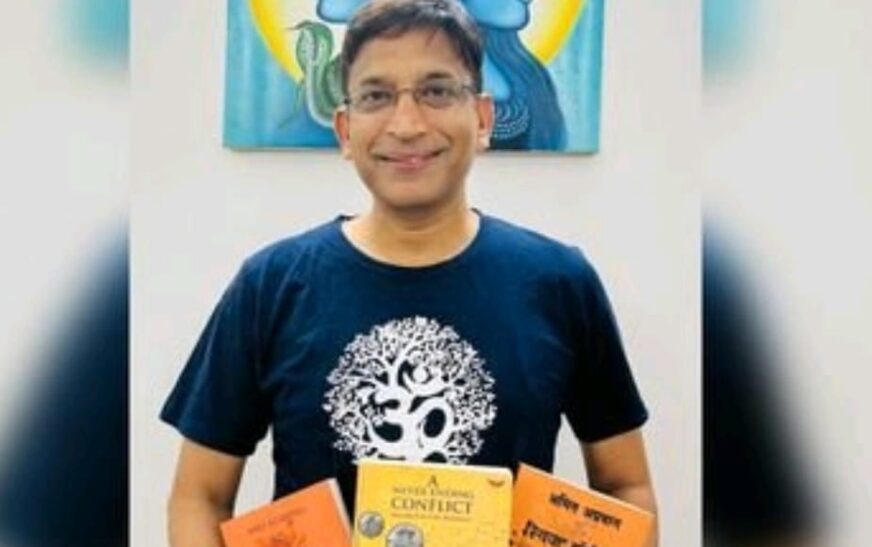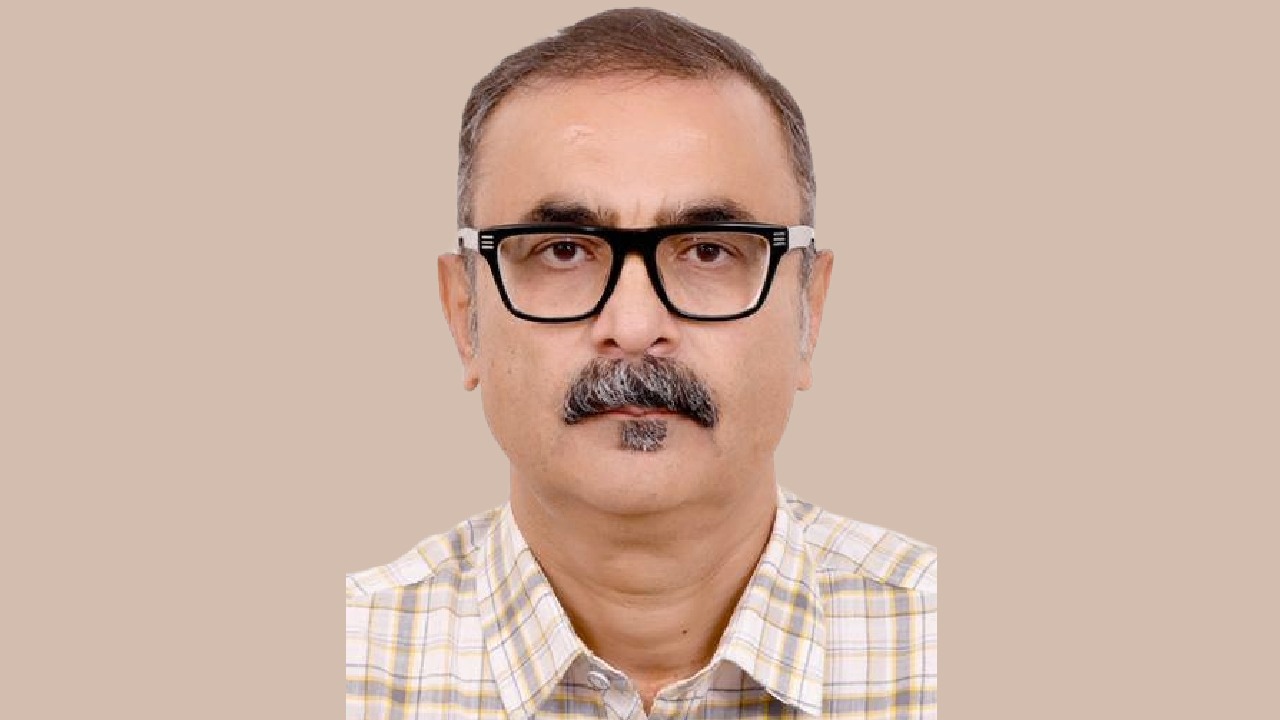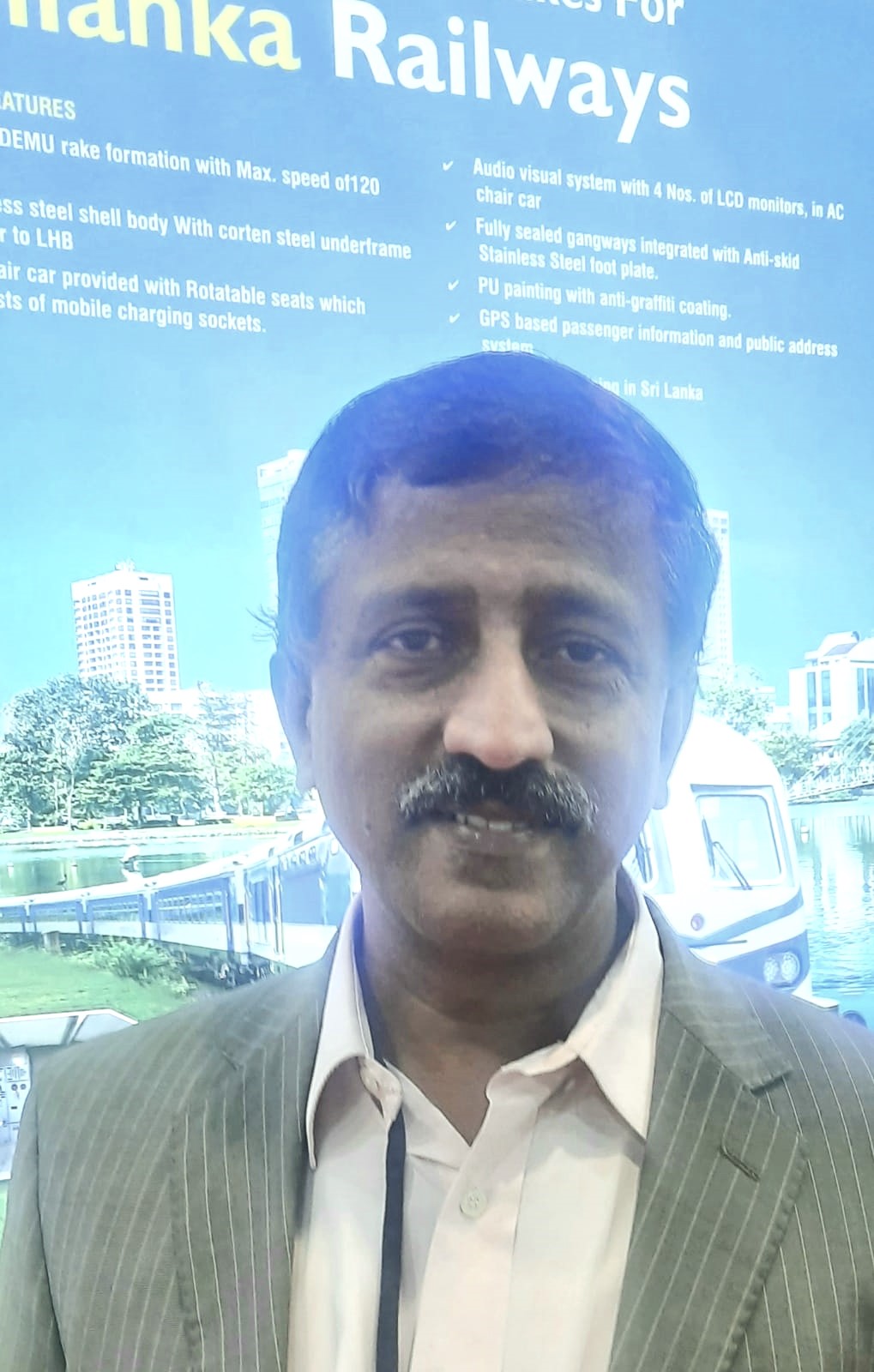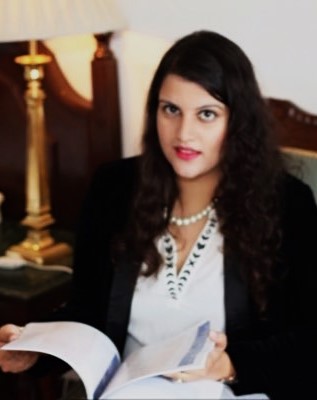Crossing Continents, authored by Amit Agarwal and published by BluOne Ink, delves into the captivating accounts of European travellers such as Niccolao Manucci, William Hawkins, Jean-Baptiste Tavernier, Mark Twain, Athanasius Nikitin, and Fanny Parkes. The book presents their stories in an expository manner, highlighting their personal narratives with remarkable clarity. These travellers, though relatively unknown in their own times and of little significance in their homelands, were not constrained by royal mandates to craft their reports in a particular way. As a result, their writings remain unfiltered, unbiased, and free from external influence.
Each of these explorers journeyed to India with distinct motives—some in pursuit of precious gems, others to escape debts, and many simply driven by a passion for adventure. They arrived at different points in history, offering unique perspectives and diverse experiences. Their meticulous writings combine to form a dispassionate yet vivid history of India—a land of stark contrasts, where ascetics meditated in remote mountain caves while merchants haggled in teeming marketplaces. Crossing Continents reimagines their stories, breathing new life into their forgotten chronicles.
In an exclusive conversation with The Interview World, Amit Agarwal sheds light on the inspiration behind Crossing Continents and his decision to focus on the accounts of European travellers from the 13th century onward. He reveals the surprising insights he uncovered about the motivations that drove these explorers to India, emphasizing their unique observations of the land. He discusses how their varied experiences—shaped by the different eras in which they arrived—offer a fascinating lens into the complex interplay of Indian society, culture, and politics. The following are key takeaways from his thought-provoking interview.
Q: What inspired you to explore the journeys of European travellers to India, specifically from the 13th century onward?
A: My inspiration stems from the vision of India as seen through the eyes of those who traversed vast continents to reach it. Each of these travellers brought their unique perspective, shaped by different eras and diverse regions of Europe. Separated by centuries, and distant in both time and geography, their accounts carry profound historical significance. What makes their observations even more remarkable is that they were independent, untrained in formal methods of observation. Except for William Hawkins, they did not represent any ruling power, which lends further authenticity and value to their perspectives. They wrote not as emissaries but as individuals, capturing their unfiltered impressions of India.
During the medieval era, European explorers embarked on extraordinary journeys to India, offering genuine chronicles of Indian history. Driven by a thirst for knowledge, the lure of trade, or sheer wanderlust, these brave individuals left their homelands—sometimes without parental approval—to venture into India’s rich, exotic, and distant lands. They faced perilous routes, contending with marauding gangs, extreme climates, unfamiliar diseases, and treacherous landscapes. Yet, despite these formidable challenges, their unyielding desire to explore the wonders of India propelled them onward.
Q: In researching these historical figures, what were some of the most surprising or unexpected insights you uncovered about their journeys?
A: Researching the journeys of these travellers was a captivating exploration into history, revealing unexpected insights. One of the most striking discoveries was that their anti-Hindu sentiments, which permeated their writings, stemmed from their Christian backgrounds. Unaccustomed to seeing deities with four arms and ten heads, their views were shaped by the Abrahamic religions of Christianity and Islam, which conditioned their followers to regard non-believers as pagans, heathens, and “kafirs” — entities to be eradicated. Despite this, nearly all of them were urged to convert to Islam. In contrast, they found Hindus to be remarkably accepting of diverse religious beliefs.
However, some travellers, particularly women in the early 20th century—such as Annie Besant, Freda Bedi, Margret Noble, and Sykes Marjorie—wrote with admiration, aiming to empower and inspire the Indian people. A few others, like Fanny Parkes, sought to undermine and ridicule Hindu culture. The majority of female travellers observed that it was Indian women who served as the foundation of Hindu society, and if the British were to have any chance of culturally subjugating India, they would need to challenge and break this stronghold first.
The travellers chronicled in my book arrived during the Mughal Empire’s peak, deeply struck by the stark contrasts they observed—Muslim decadence and Hindu poverty. These travellers, often welcomed with open arms, felt at home in the Mughal courts and indulged in the lavish hospitality. Indians, in turn, were enamoured with their white skin, even in those days.
Q: Each European traveller had unique motivations for coming to India—how did their different backgrounds and objectives shape their experiences and observations?
A: The motivations and backgrounds of each European traveller profoundly shaped how they experienced and documented India. Missionaries like Francis Xavier, driven by a religious agenda, focused their observations on religious practices, often resorting to brutal methods in their attempts to convert Hindus to Christianity. In stark contrast, traders such as Jan Huygen van Linschoten and Tavernier were primarily concerned with the commercial landscape. They meticulously mapped trade routes and studied market dynamics, always with an eye on the resources and wealth India had to offer. Tavernier, in particular, brought vast quantities of Golconda diamonds back to France, including some of the largest ever discovered.
Q: The travellers documented a “dispassionate history” of India, capturing unfiltered and diverse perspectives. What do these accounts reveal about India during their respective eras that might be absent in traditional historical texts?
A: The accounts of these travellers provide invaluable snapshots of India, often revealing details that traditional historical texts overlook. Unlike conventional chronicles, which concentrate on battles, rulers, or statecraft, these records capture the essence of daily life, social structures, trade customs, and the remarkable diversity of India’s regions through rich, unfiltered observations. In doing so, they offer us not only a glimpse into the past but also insights into both the achievements and mistakes of our ancestors.
Travelers such as Ibn Battuta and François Bernier documented India as they saw it—its bustling marketplaces, religious practices, and vibrant street life. Italian explorer Nicolo Conti, who visited India in the fifteenth century, remarked that the Vijayanagar king extracted tribute even from distant lands like Ceylon, Pegu (Myanmar), and Tenasserim (Myanmar). He observed that gold, silver, and diamonds were sold openly in the streets of Hampi, the capital of Vijayanagar, where law and order were exemplary and traders from around the world converged.
What truly stands out in their accounts is the fluidity and vibrancy of Indian society—its openness to external influences, yet its remarkable resilience in preserving its core identity.
Q: In Crossing Continents, you highlight contradictions within India—how did the travellers navigate these complexities, such as the coexistence of spiritual practices and vibrant commerce?
A: European travellers often arrived in India with a mixture of awe and confusion, encountering a society where religiosity and commerce seamlessly intertwined. They were mesmerized by the complex religious systems, yet equally captivated by the bustling markets and thriving trade networks. Temples, for instance, were far more than just places of worship. They served as vibrant centres of trade, education, health, and local governance, anchoring communities in both spiritual and economic life.
Francois Bernier, a French physician at the court of Aurangzeb, believed that India was the ultimate destination for the world’s wealth. Even in the late Mughal period, he remarked, gold and silver, having circulated across the globe, inevitably found their way to Hindostan. Similarly, Manucci noted that merchants, pilgrims, and saints often travelled the same routes and shared accommodations, underscoring the intertwining of spiritual and economic journeys.
Mark Twain, too, observed India’s unique blend of commerce and spirituality. He was struck by the thousands of pilgrims in the prosperous city of Banaras, so much so that he dubbed the city “Idolville” or “Lingamburg,” referring to the abundance of Lingams he encountered. In India, spirituality and commerce were not separate; they complemented one another, creating a harmonious balance that defined the very fabric of Indian society.
Q: Figures like Niccolao Manucci and Fanny Parkes are not widely known today. What contributions do you feel their narratives make to our understanding of both India and the global history of travel?
A: Manucci, the Italian adventurer, was deeply immersed in Mughal politics, producing a vivid and captivating account of his experiences. He also chronicled the brutality of the Goa Inquisition, instigated by Portuguese Christians, where hundreds of thousands of Hindus were tortured to death over the course of three centuries.
Fanny Parkes, a British woman driven by a profound curiosity about Indian life beyond the colonial gaze, offered a unique perspective that exposed the complex and often tragic realities of the country. She wrote extensively about the stark contrast between the decadent lives of the British and the famine-stricken, starving masses of natives. However, her writings were not without their flaws. She frequently fell into the trap of European stereotypes, fixating on practices like Sati, thuggee, and the caste system, condemning them without nuance.
At the same time, she conveniently ignored the widespread issues of witch-hunting and highway robbery in her own homeland. Throughout her work, she showed a distinct bias towards Muslims, dedicating little attention to Hindus. She noted, for instance, how Muslims were being exploited and fiercely resisted British attempts to sell the Taj Mahal to Hindus.
Q: How did the various eras in which these travellers arrived influence their experiences and interactions with Indian society, culture, and politics?
A: In the 13th and 14th centuries, travellers encountered a flourishing medieval India, characterized by thriving trade networks and intricate systems of Hindu and Islamic governance. Marco Polo, in particular, marvelled at India’s immense wealth, which ignited a wave of European hysteria, driving the search for a sea route to partake in India’s booming trade. In contrast, those who arrived during the late Mughal era or early colonial period found a nation in flux. The once-mighty Mughal Empire was in decline, while the Marathas weakened, and European powers—especially the British, French, and Dutch—began to assert their influence.
A few scholars, like William Jones, made notable contributions by studying Sanskrit and translating ancient Indian texts, helping to deepen Europe’s understanding of Indian civilization. Yet, the most influential travellers were those from ancient times, particularly the Chinese. Their extensive interactions with India left a profound impact on their home countries, enabling India to exert cultural dominance over Asia for millennia—without ever resorting to violence. In this respect, medieval European travellers, despite their curiosity, fall short in comparison.
Q: If you could sit down with one of these travellers, what questions would you most like to ask them about their time in India, and why?
A: If I had the chance to sit down with one of these travellers, Niccolò Manucci would be my first choice. His life in India spanned over five decades during the 17th century, a period marked by the zenith and eventual decline of the Mughal Empire. He interacted with key figures such as Dara Shikoh and Aurangzeb, and I would be eager to ask him about his impressions of the Mughal court. How did he view the delicate balance of power, diplomacy, and intrigue that defined the empire? How did he perceive the treatment of Hindus under Muslim rule?
Given that Manucci was granted rare access to the inner workings of the Mughal harem, I would want to know what transpired behind those closed doors. Why, too, did he fail to intervene in the atrocities of the Goa Inquisition?
Additionally, I’d be fascinated by his understanding of Hindu spirituality. Having been captivated by yogis and ascetics, how did he compare their practices to his own Catholic beliefs? One might be surprised to learn that Manucci not only observed these spiritual traditions but also illustrated hundreds of Hindu festivals, later publishing them in a dedicated book. His unique perspective on India, blending personal experience and cultural curiosity, would be invaluable.








